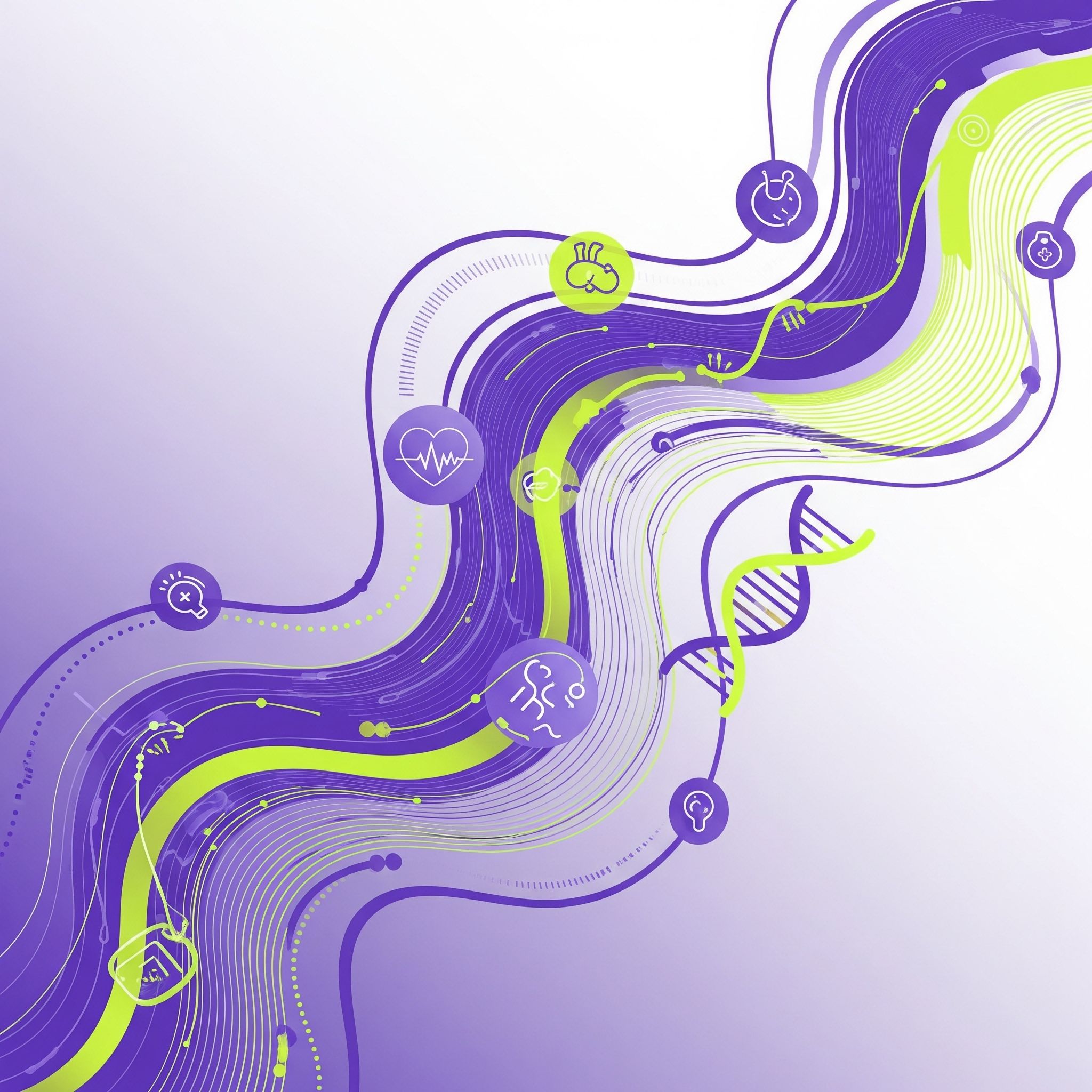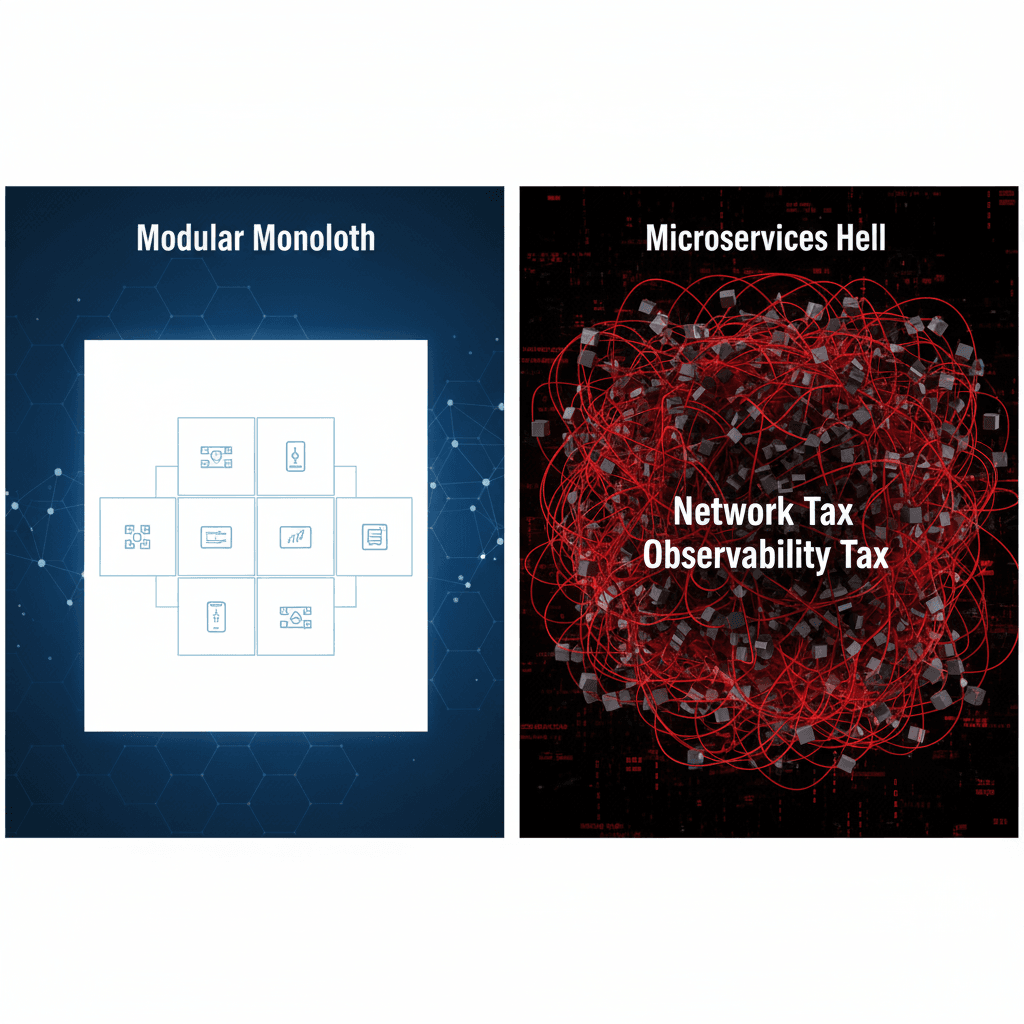Drowning in Data, Starving for Insight
The healthcare industry is at a paradoxical crossroads. Every day, hospitals and clinics generate a deluge of data—from Electronic Health Records (EHRs), lab results, diagnostic imaging, and real-time streams from IoT devices. Yet, this potential goldmine of information remains largely untapped. Legacy IT systems, operating as isolated data silos, and entrenched manual processes have created invisible barriers. The result is staggering inefficiency, soaring costs, and, most critically, a workforce of clinicians drowning in administrative burdens.
In this environment, data analytics is no longer an option; it is a strategic imperative. This isn't about installing another piece of software. It's about re-architecting the entire operational mindset - transforming data from a storage liability into a strategic asset that drives a sustainable competitive advantage. From the perspective of a technology expert, this article will break down the three core pillars where data analytics can deliver the most significant return on investment (ROI) and solve healthcare's most pressing challenges.
The Three Pillars of Digital Transformation: Where Technology Creates Real Value
To modernize and thrive, healthcare organizations must focus on applying data analytics to solve three fundamental problems: Optimizing Operations, Optimizing Finances, and Elevating Clinical Quality.
1. Optimizing Operations: Breaking Down the Data Silos
The Problem: The foundation of nearly all operational inefficiency in a hospital is a lack of interoperability. The Electronic Health Record (EHR) system, the Laboratory Information System (LIS), the billing platform, and other critical software often do not "speak" to each other. This forces staff into repetitive data entry, leads to redundant tests when physicians can't access prior results, and creates bottlenecks in patient care. This lack of interoperability is estimated to cost the U.S. healthcare system over $30 billion annually and stands as a formidable barrier to seamless care delivery.
The Tech Solution: The key to dismantling these silos is a unified data integration platform built on modern, open standards—specifically HL7 FHIR (Fast Healthcare Interoperability Resources).8 FHIR uses modern web API technologies to create a "common language," allowing disparate systems to exchange data securely and seamlessly . Such a platform aggregates data from all sources, creating a single, uninterrupted flow of information from the moment a patient schedules an appointment to the final billing cycle.
The Payoff:
- Optimized Patient Flow: Reduce wait times and allocate resources (beds, operating rooms, staff) effectively based on predictive demand forecasting.
- Increased Staff Productivity: Eliminate manual, redundant data entry, reducing the administrative workload and allowing clinical staff to focus on patient care.
- Enhanced Patient Safety: Ensure clinicians have complete and timely information at the point of care, dramatically reducing the risk of medical errors caused by incomplete data.
Building a unified information ecosystem is the foundational step toward realizing the smart hospital model. The core challenge, however, is integrating complex legacy systems safely, efficiently, and in compliance with strict regulations like HIPAA. A successful approach requires a unified, HIPAA-compliant platform based on the FHIR standard, capable of integrating e-prescribing, billing, labs, and records. This is how modern clinical operations for multi-clinic providers are being streamlined.
>>> See more: Streamlining Clinical Operations via Integration
2. Optimizing Finances: Transforming Medical Coding with AI
The Problem: One of the biggest yet most overlooked sources of revenue leakage in healthcare is medical coding errors. The process of assigning diagnostic (ICD-10) and procedural (CPT) codes is manual, incredibly complex, and highly prone to error. The American Medical Association estimates that about 12% of claims submitted contain coding errors. For many providers, this can mean losses up to $125,000 annually .
The Tech Solution: Instead of relying on manual processes, an Intelligent Code System powered by Artificial Intelligence (AI) and Machine Learning offers a definitive solution. These systems use Natural Language Processing (NLP) to "read" and "understand" the full clinical documentation for an encounter - from physician's notes to lab results . Based on this deep contextual understanding, advanced AI models (like medical-domain-specific Transformers and BERT models) can automatically suggest the most accurate ICD and CPT codes with a high degree of confidence.
The Payoff:
- Maximize Revenue: Drastically reduce claim denial rates and accelerate the revenue cycle .
- Minimize Compliance Risk: Ensure coding is always aligned with the latest regulations, avoiding costly penalties.
- Boost Efficiency: Free up expert coders from repetitive tasks, allowing them to focus on complex cases that require human oversight.
Every coding error is a lost dollar. In an increasingly tight financial landscape, optimizing the revenue cycle is a matter of survival. Automated, machine-learning-powered platforms are now helping providers modernize workflows, intelligently manage medical codes, and ensure every service rendered is accurately reimbursed.
>>> See more: Powering Clinical Workflows with an Intelligent Code System
3. Elevating Clinical Quality: Unlocking Unstructured Data
The Problem: An estimated 80% of the most valuable clinical information is locked away in unstructured data—the free-text narratives written by clinicians . This is where the critical context, nuanced observations, and physician reasoning reside. However, extracting insights from this treasure trove by manual methods is impossible at scale.
The Tech Solution: This is where the most advanced AI technologies, particularly Natural Language Processing (NLP) and Large Language Models (LLMs), demonstrate their power . These technologies allow computers to "read," "understand," and interpret human language with astonishing accuracy. In the context of the rising tide of Telehealth, AI can analyze conversations between doctors and patients to:
- Automate Clinical Note Generation: Convert speech to text, then intelligently summarize and structure the information, freeing the physician from the keyboard.
- Extract Intelligent Insights: Automatically identify and categorize key medical entities like symptoms, diagnoses, medications, and dosages.
- Provide Decision Support: Analyze notes to detect hidden correlations and patterns, assisting clinicians in the diagnostic process .
The Payoff:
- Higher Quality Diagnoses: Provide clinicians with a more comprehensive and nuanced view of the patient's condition.
Improved Physician Experience: Reduce administrative burnout, giving doctors more time for direct patient interaction and care. - Generate High-Quality Structured Data: Transform free-text narratives into structured, analyzable data, fueling further research and AI model training.
- In a world where Telehealth is the new front door for many patients, ensuring every remote interaction is intelligently captured and analyzed is key to elevating diagnostic quality. AI-driven Telehealth solutions that use advanced NLP to automate and elevate clinical notes are now addressing this exact challenge.
The Path Forward: Building a Data-Driven Healthcare Organization
The journey to digital transformation in healthcare is a marathon, not a sprint. Success requires not only cutting-edge technology but also a solid foundation and a trusted strategic partner.
- Security and Privacy are Non-Negotiable: Every solution must be built on a fortress of security, adhering to stringent international standards like HIPAA to protect sensitive patient data.
- Responsible AI: Advanced methods like Federated Learning enable collaborative AI model training across multiple hospitals without ever sharing raw patient data, perfectly balancing the need for innovation with the mandate for privacy.
- Choosing the Right Technology Partner: This journey demands a partner with not only superior technical capabilities but also a deep, nuanced understanding of healthcare workflows, unique industry challenges, and complex regulatory landscapes.
The Future of Healthcare is Here
The data revolution is not a distant vision; it is happening now. Applying data analytics is not just about solving today's problems of cost and inefficiency; it's about laying the groundwork for a more proactive, precise, and patient-centric model of care.
Faced with unprecedented challenges, inaction is no longer an option. It is time for healthcare leaders to act decisively and turn their data into their most valuable strategic asset.



